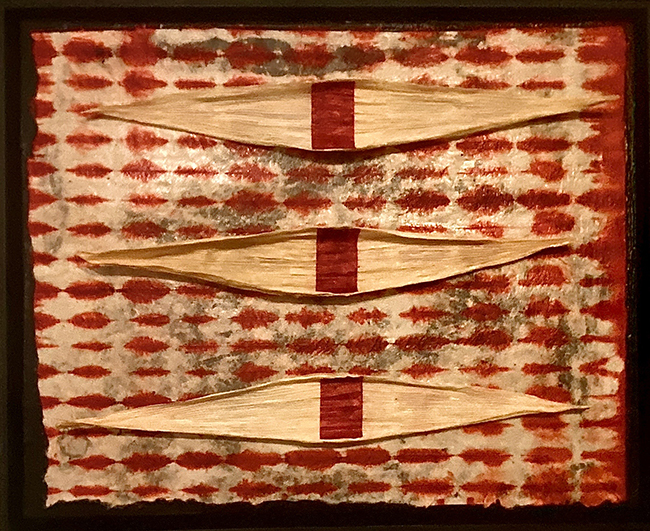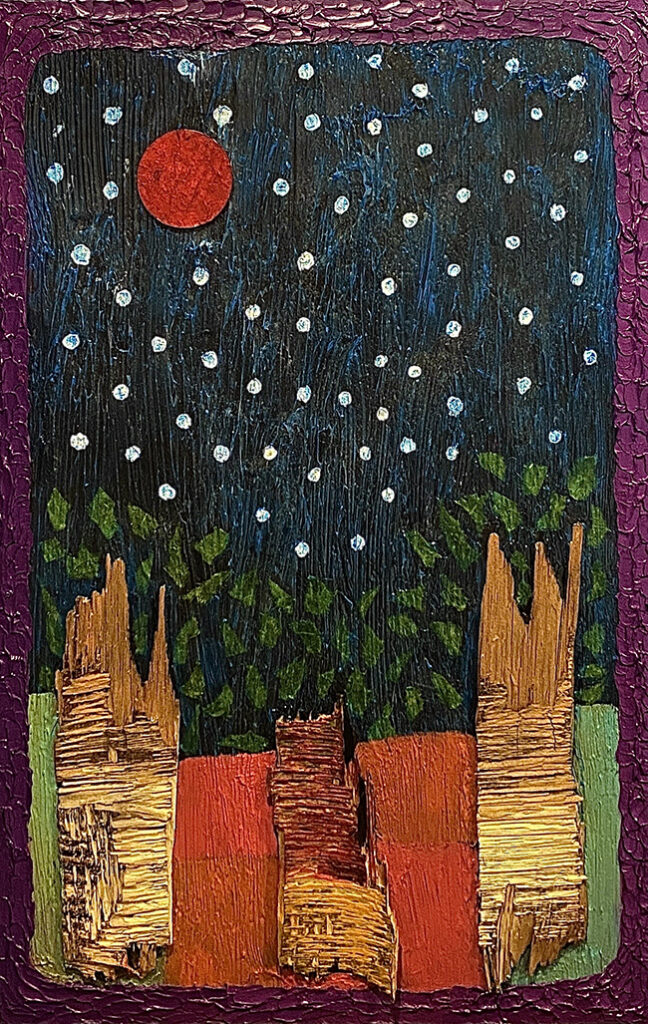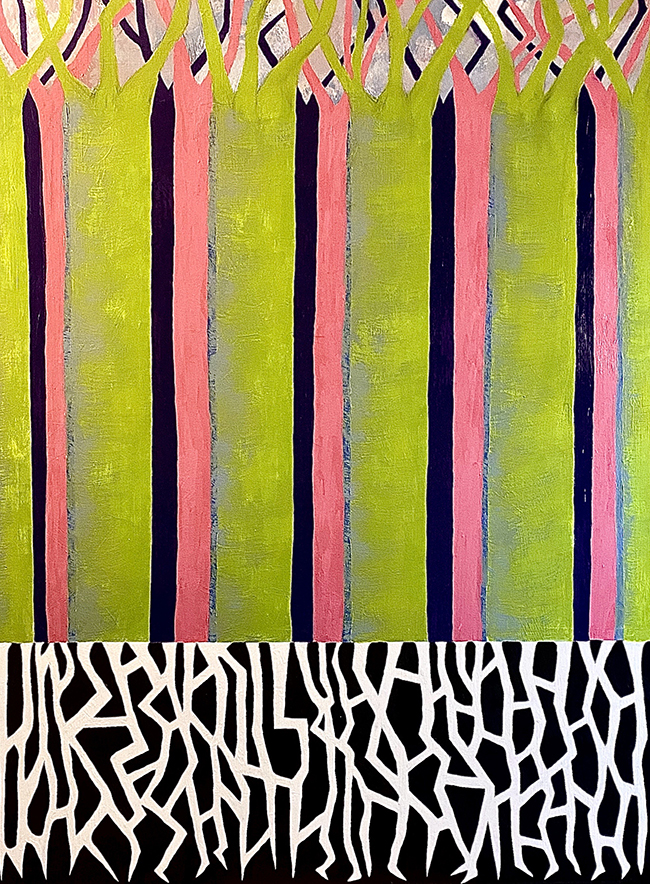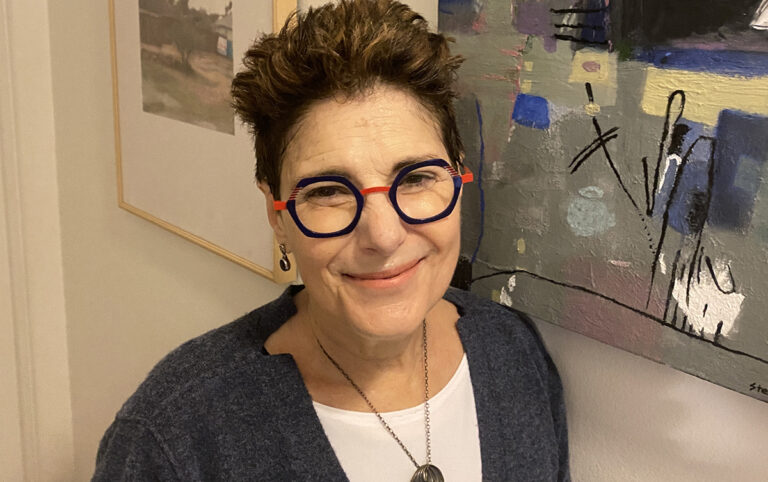Steffanie Samuels, an environmental artist, brings climate change into sharp focus through her work. After graduating from the University of Michigan, her artistic path began with a strong foundation in ceramic sculpture, where she earned numerous awards and recognition. However, her journey soon shifted to tackle something far larger – the climate crisis. Moving from ceramics into abstract environmental art, Samuels transformed her creative practice into a platform for climate activism. Her art is not just an aesthetic pursuit but a force for social and political dialogue. It serves as a reminder of the pressing challenges posed by environmental degradation and its consequences.
Samuels steps back from abstraction, presenting a portrait that offers a direct, human connection. Unlike her more environmental-focused works, this piece highlights her ability to capture the human form and spirit with precision. The soft brushstrokes and attention to detail echo her early work in ceramics, showing a skill that transcends mediums. While the portrait may seem to depart from her climate-centered themes, it underscores her versatility and ability to engage viewers on a personal level, drawing them into her larger message about our shared human responsibility to the planet.

One of her standout works, Climate Migrants, addresses the displacement of people due to environmental crises. This mixed-media piece, measuring 18 inches high and 22 inches wide, captures the chaos and fragmentation experienced by those forced to flee their homes because of climate change. The layered materials and textures create a raw, emotional energy that mirrors the instability of displaced lives. Samuels uses color and form to highlight the stark realities faced by climate migrants, offering a visual narrative that urges viewers to confront the human toll of environmental destruction. It’s a haunting piece, encouraging reflection on global responsibility.

In Red Moon Dance, Samuels taps into a deeper spiritual connection with nature. The piece, 29 inches tall and 19 inches wide, incorporates oil paint, sycamore bark, and Japanese paper to represent the profound respect Indigenous cultures hold for the environment. The natural elements Samuels weaves into the work elevate it beyond a simple painting, grounding it in the very subject matter it seeks to honor. The interplay between organic materials and human-made elements reflects the harmony Indigenous people have maintained with the natural world for centuries. The rhythmic patterns and earthy tones evoke a sense of reverence for the planet, a theme central to Samuels’ message.

Her larger piece, Tread Lightly in the Forest, stands at four feet tall and three feet wide, commanding attention with its size and message. This oil painting explores the unseen networks within forests, focusing on how trees communicate through their root systems and the fungi that connect them. Samuels uses rich greens and earthy tones to capture the quiet strength and wisdom of the forest, inviting viewers to consider the delicate balance of these ecosystems. There’s an ethereal quality to the painting, as if the viewer is peeking into a hidden world, reminding us of the complex interconnections within nature that humans often overlook. The work’s title serves as a caution, urging us to approach nature with care and awareness of the fragility we so often disrupt.
Samuels’ art goes beyond merely portraying environmental subjects – it actively seeks to challenge and inspire action. Her pieces range from personal portraits to sweeping landscapes, yet they all revolve around a common thread: the environment and humanity’s place within it. Whether highlighting the displacement of climate migrants or celebrating the spiritual bond between people and nature, Samuels’ work serves as both a reflection of our current environmental crisis and a call to action. Each piece she creates asks us to consider our impact on the planet, pushing us toward a deeper understanding and respect for the natural world. Through her art, Samuels reminds us that change is possible, but only if we acknowledge our role in shaping the future.

